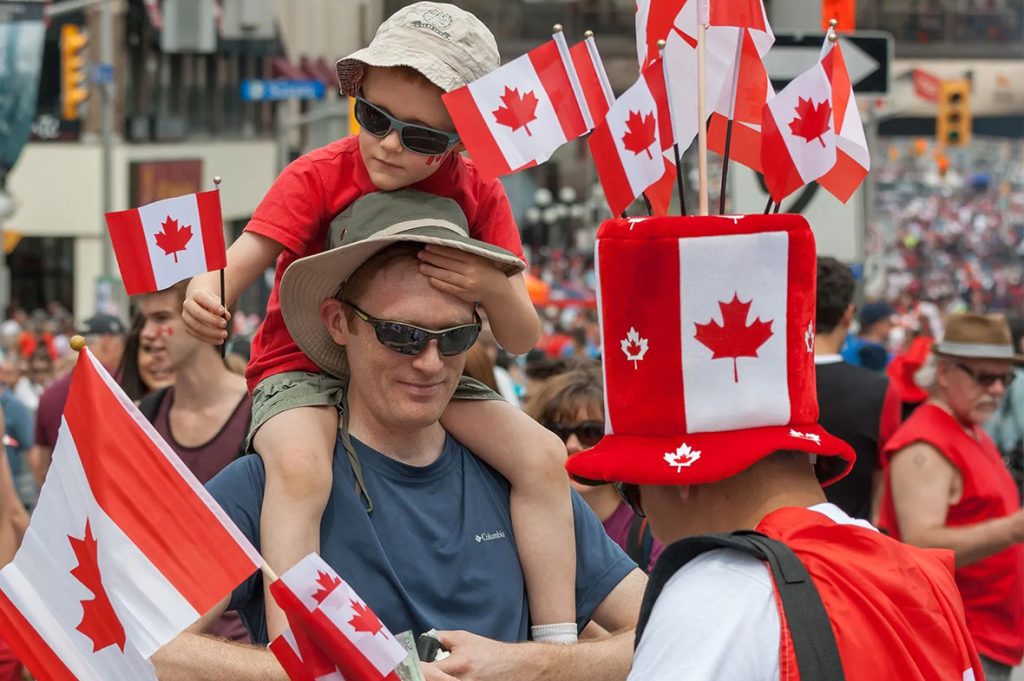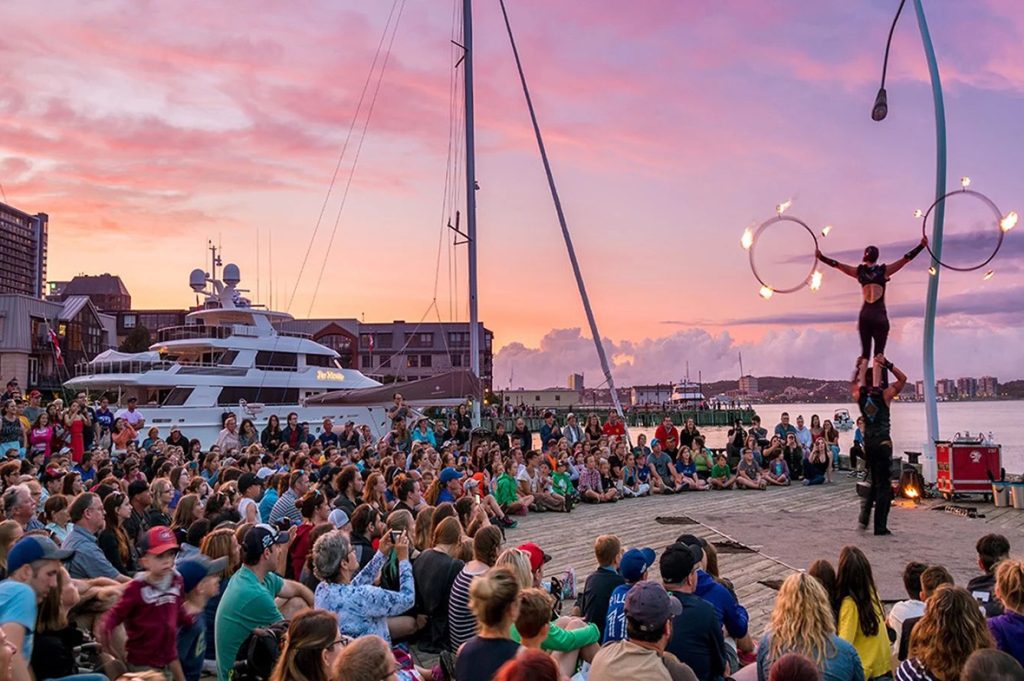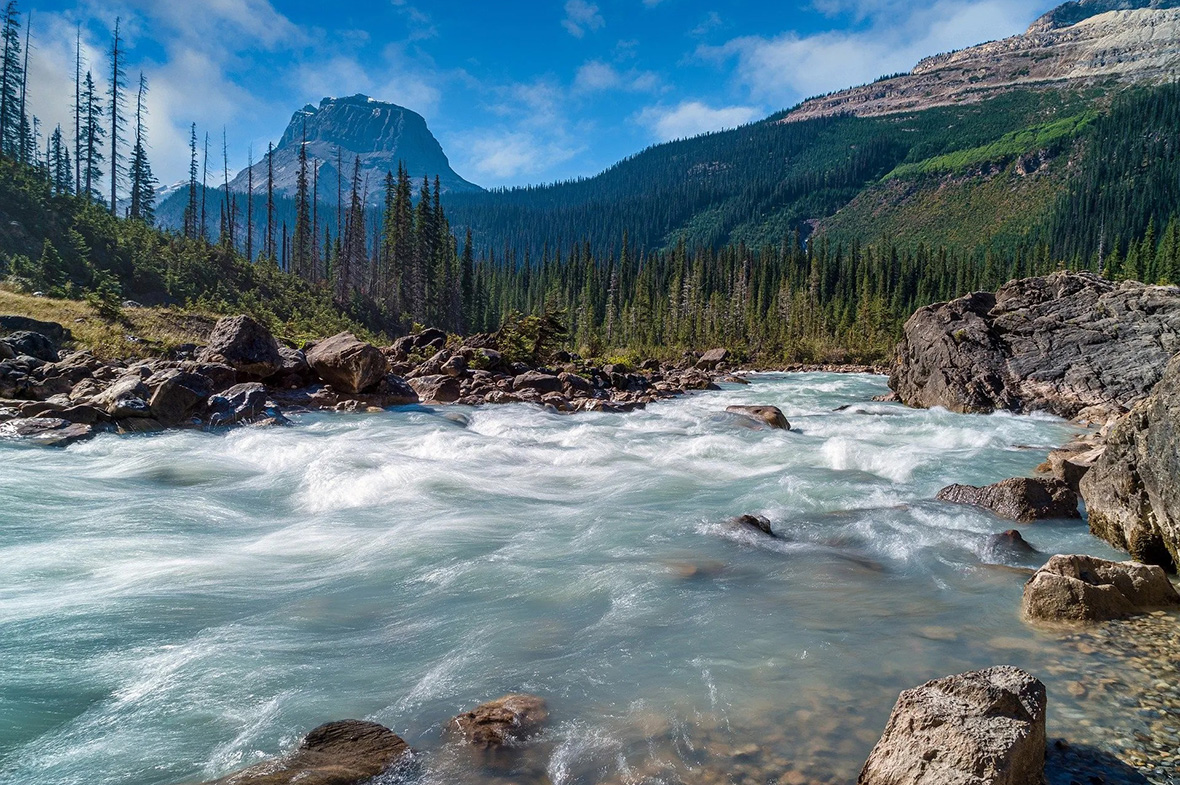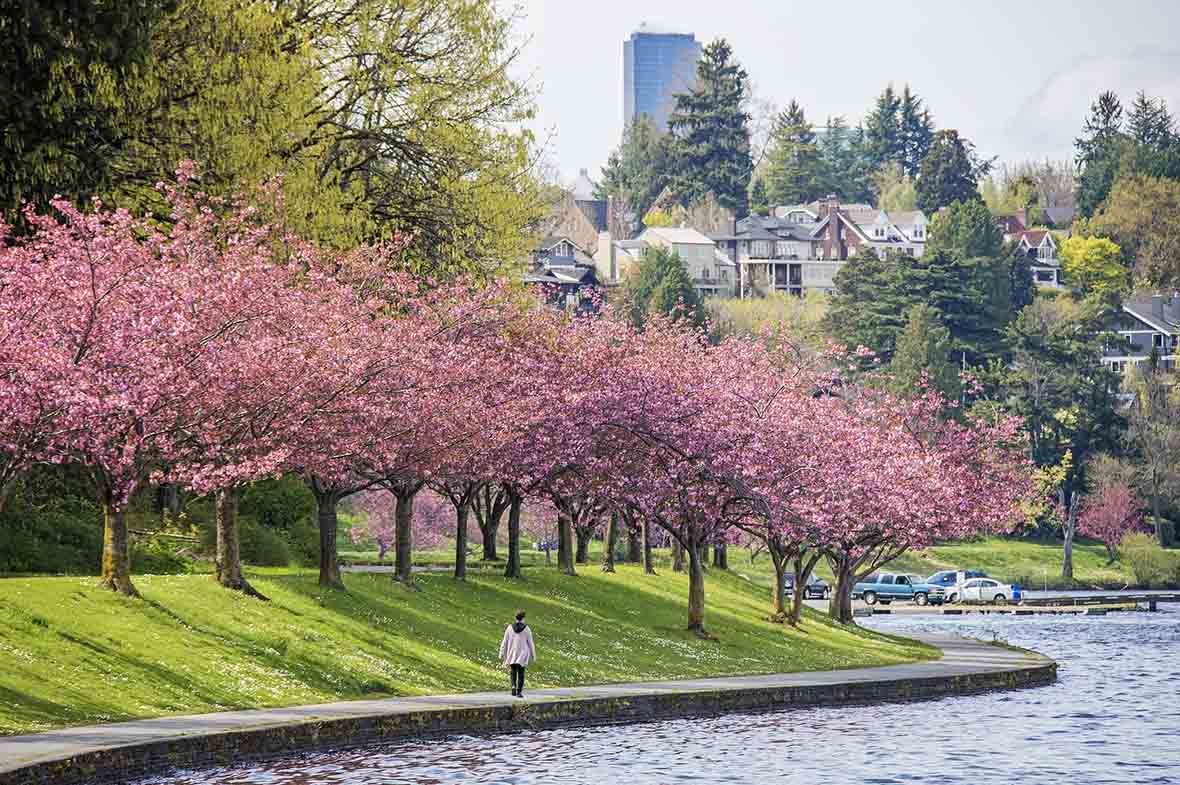Canada, with its vast landscapes, rich culture, and distinct seasons, offers a multitude of travel experiences. Whether you’re drawn to its breathtaking glaciers, vibrant cities, or serene countryside, the timing of your visit can greatly impact your experience. I’m excited to guide you through the best times to visit Canada, considering its climate, seasonal attractions, public holidays, and festivals.
1. Climate in Canada
Canada’s climate varies greatly due to its vast size, ranging from temperate coastal areas to cold polar regions. This diverse climate allows travelers to choose their ideal visit based on personal preferences.
Temperate Climate
The temperate climate is found mainly in the southern coastal areas and around the Great Lakes. These regions experience distinct seasons with warm, humid summers and cold, dry winters. Cities like Vancouver, for instance, enjoy average summer temperatures between 20-25°C, making it perfect for outdoor activities. Winter temperatures in Vancouver hover around 0°C, with occasional snow.
Continental Climate
Much of Canada’s interior, including Ontario and Quebec, experiences a continental climate. Here, summers are hot and dry, with temperatures often rising above 30°C, while winters are cold and long, with temperatures frequently dropping below -20°C. This region has shorter fall and spring seasons but is still a wonderful time to visit.
Polar Climate
In Canada’s northern polar regions, the climate is more extreme. Winters are long and very cold, with temperatures often falling below -30°C, while summers are brief and cool. These areas are ideal for those interested in extreme cold conditions or northern lights viewing, which is best in winter.
2. Experiencing Canada’s Seasons
Canada’s distinct seasons each offer unique experiences. Choosing the right time to visit can enhance your experience of the country’s natural beauty and activities.
Spring (March-May)
Spring in Canada, particularly in the warmer coastal areas and Great Lakes regions, is a time of renewal. Flowers bloom, trees bud, and temperatures warm up, making it an excellent time to enjoy nature’s revival.
- Vancouver: In spring, Vancouver’s parks burst into color with blooming cherry blossoms. The city’s beautiful gardens and outdoor spaces come alive, making it an ideal time for exploring.
- Niagara Falls: The melting ice and flowing waters of Niagara Falls offer stunning views and fewer crowds compared to summer.
Spring is also a good time to enjoy city life in places like Toronto and Montreal, with various cultural events and festivals taking place.

Summer (June-August)
Summer is the most popular time to visit Canada, especially for outdoor enthusiasts. The warm weather and long days make it perfect for exploring.
- Vancouver: Summer in Vancouver is ideal for hiking and seaside activities. You can enjoy the scenic Stanley Park, or fresh seafood at Granville Island.
- Rocky Mountains: In the Rockies, including Banff and Jasper National Parks, summer is perfect for hiking, camping, and sightseeing. The clear lakes and majestic mountains provide breathtaking views.
- Quebec City: Quebec City’s summer is filled with vibrant festivals, street performances, and a unique French cultural experience.
Autumn (September-November)
Autumn in Canada, particularly in Eastern and Central Canada, is known for its spectacular fall foliage. The crisp air and colorful leaves make it a beautiful time for travel.
- Ontario and Quebec: The fall season in these regions is renowned for its vibrant maple leaf colors. Parks like Algonquin Provincial Park and the Laurentians are particularly stunning.
- Victoria Island: Autumn on Victoria Island features mild weather and is great for wine tasting and farm tours. The island’s markets and local crafts are highlights of the season.
Winter (December-February)
Winter in Canada is a paradise for ski enthusiasts and northern lights watchers. Despite the cold temperatures, Canada’s winter charm is undeniable.
- Rocky Mountain Ski Resorts: Banff, Lake Louise, and Jasper offer world-class skiing experiences. The snow-covered mountains and ski resorts make it a dream destination for winter sports lovers.
- Quebec City: The Winter Carnival in Quebec City is a highlight of the season, featuring ice sculptures, skating, and snow activities.

3. Canadian Public Holidays
Understanding Canada’s public holidays can help you plan your trip better and avoid any inconvenience due to closed shops and attractions. Here are the major public holidays in Canada:
January 1 – New Year’s Day
New Year’s Day is a nationwide holiday, and many stores and restaurants may be closed. However, celebrations are lively, especially in major cities.
Family Day in February
Family Day is observed on the third Monday of February in various provinces, celebrating family and togetherness. Each province may celebrate it differently.
Easter in April
Easter is a Christian holiday observed with a long weekend, typically including Good Friday and Easter Monday. Many Canadians participate in religious services and family gatherings during this time.
Victoria Day in May
Victoria Day, celebrated on the Monday preceding May 25th, marks Queen Victoria’s birthday and the unofficial start of summer. It is a time for celebrations and fireworks.
July 1 – Canada Day
Canada Day marks the anniversary of Canadian Confederation and is celebrated nationwide with parades, concerts, and fireworks.
Labour Day in September
Labour Day, observed on the first Monday of September, signifies the end of summer. It is often associated with family gatherings and outdoor activities.
December 25 – Christmas
Christmas is a major holiday in Canada, with many businesses and offices closed. Celebrations include family dinners, gift exchanges, and religious observances.
December 31 – New Year’s Eve
New Year’s Eve is a time for parties and celebrations, welcoming the arrival of the new year with various festivities.
4. Festivals and Celebrations in Canada
Canada’s diverse festivals and celebrations offer rich cultural experiences throughout the year. No matter when you visit, you’ll find festivals and events that enhance your travel experience.
Québec Winter Carnival
The Québec Winter Carnival, held in late January to early February, is one of North America’s largest and oldest winter festivals. Activities include ice sculpture displays, skating competitions, and snow sports.
Vancouver International Film Festival
The Vancouver International Film Festival, usually held in late September to early October, showcases exceptional films from around the world, attracting filmmakers and film enthusiasts.
Toronto International Film Festival
The Toronto International Film Festival, held in September, is one of the largest film festivals globally. It attracts filmmakers, actors, and movie lovers, featuring the latest films and industry trends.
Montreal International Jazz Festival
The Montreal International Jazz Festival, held in July, is the world’s largest jazz festival, featuring a wide range of jazz performances and attracting music fans from around the globe.
Canada’s diverse climate and seasonal attractions offer a variety of travel experiences throughout the year. By understanding the best times to visit based on weather, public holidays, and festivals, you can plan a trip that maximizes your enjoyment of this beautiful country. Whether you prefer the warm summer days, the colorful fall foliage, the snowy winter landscapes, or the vibrant spring blooms, Canada has something special to offer in every season. Enjoy your travels and embrace the wonders of Canada!



